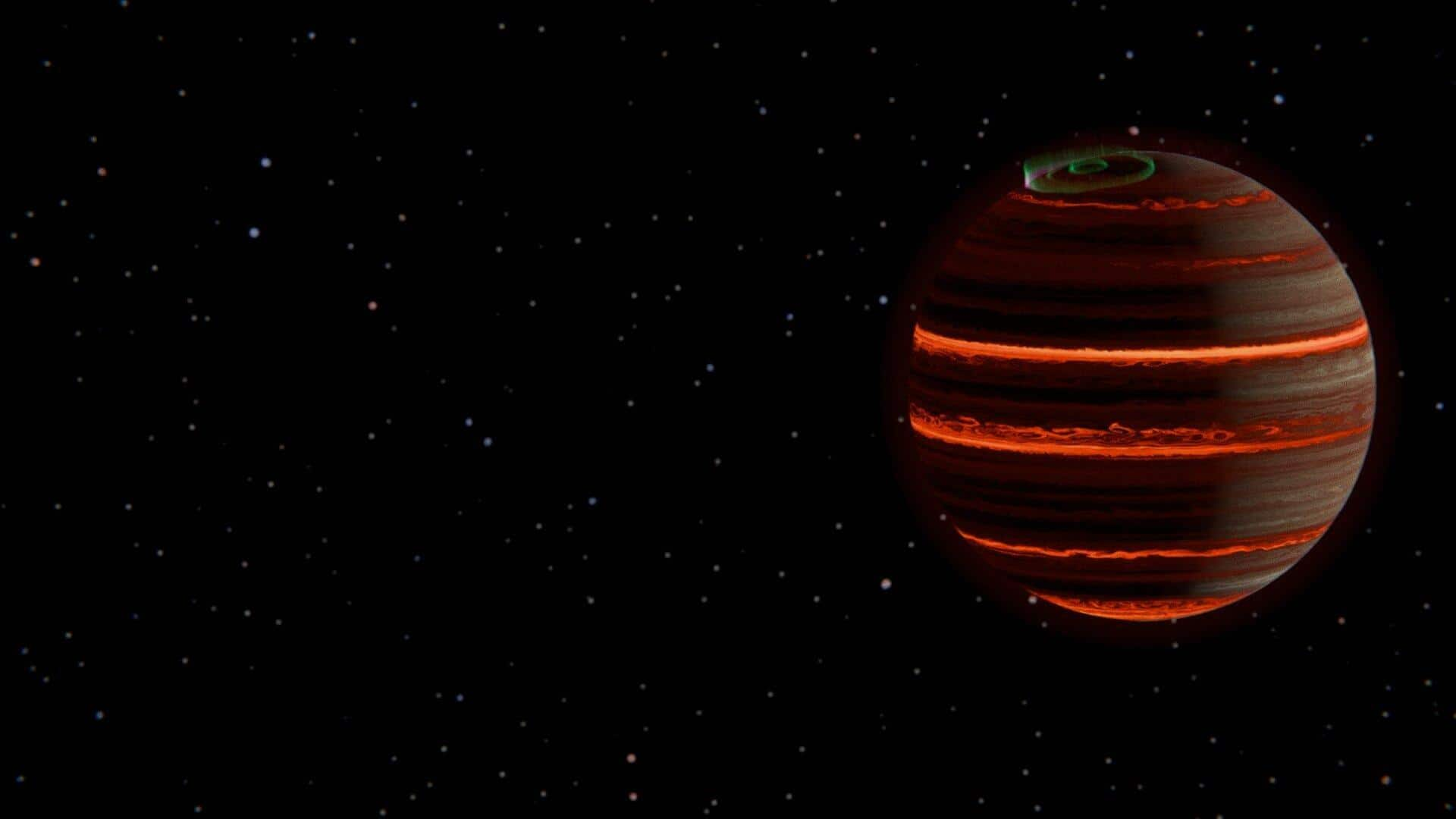**‘Rogue’ Planet Exhibits Auroral Activity Similar to Earth’s Northern Lights**
*By Dwaipayan Roy | Sep 27, 2025, 04:01 PM*
Astronomers from Trinity College Dublin have made a groundbreaking discovery by observing auroral activity on a rogue planet, SIMP-0136, that closely resembles Earth’s Northern Lights. This landmark observation was made possible through the advanced capabilities of the NASA/ESA/CSA James Webb Space Telescope. The team’s findings have been published in the journal *Astronomy & Astrophysics*.
### What Are Rogue Planets?
Rogue planets are celestial bodies that do not orbit around any star. Instead, they drift freely through space, untethered by the gravitational pull of a host star.
### Studying SIMP-0136’s Atmosphere with James Webb
Using the James Webb Space Telescope’s sophisticated instruments, the research team detected subtle changes in SIMP-0136’s brightness as the planet rotated. These variations allowed them to monitor shifts in temperature, cloud cover, and chemical composition across the planet’s atmosphere.
Dr. Evert Nasedkin from Trinity College Dublin’s School of Physics commented, “These are some of the most precise measurements of the atmosphere of any extra-solar object to date.”
### Temperature Fluctuations and Storm Activity
The observations revealed that SIMP-0136 experiences temperature changes of less than five degrees Celsius. These slight fluctuations are linked to minor changes in the planet’s chemical makeup, suggesting storm activity similar to Jupiter’s famous Great Red Spot.
Dr. Nasedkin explained, “The precise observations we made meant we could accurately record temperature changes smaller than 5°C.”
### Constant Cloud Cover Unlike Earth
Interestingly, unlike Earth where cloud coverage varies and affects atmospheric conditions, SIMP-0136’s cloud cover remains constant across its surface. At the extreme temperatures found on the planet, these clouds are composed not of water vapor but silicate grains—tiny particles akin to beach sand.
This discovery forms part of the inaugural publication by the newly established “Exo-Aimsir” group, led by Professor Johanna Vos at Trinity College Dublin.
### Advanced Modeling Reveals Atmospheric Features
By analyzing different wavelengths of light, the team could correlate them with various atmospheric components. Dr. Nasedkin shared, “By using cutting-edge models, we could infer the temperature of the atmosphere, the chemical composition, and the position of the clouds.”
Professor Vos emphasized the significance of this work, stating that it demonstrates how state-of-the-art modeling techniques bring us closer to understanding the complex weather processes on exoplanets far beyond our solar system.
—
This remarkable study marks a significant step forward in exoplanet science, providing unprecedented insights into the atmospheric dynamics of free-floating planets.
https://www.newsbytesapp.com/news/science/astronomers-observe-auroras-on-rogue-planet-simp-0136-using-webb-telescope/story
